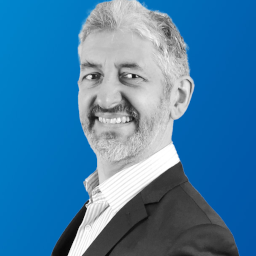Intelligence Update
Power companies act to stop data center-induced blackouts
Transmission system operators (TSOs) in several regions are preparing rules to address what they see as an emerging threat: simultaneous actions by large data centers that can destabilize the grid. The new grid codes will require data centers to ride out transient variations in the supply. This follows a series of incidents where data centers, behaving in unison, nearly caused blackouts.
The problem occurs when a grid power disturbance, such as a voltage change, prompts many facilities to switch simultaneously to on-site batteries and/or generators. On grids where data centers consume a large share of electric power, this sudden drop in demand can destabilize the system. When the fault is cleared, a secondary problem can occur: as data centers return to grid power to recharge batteries alongside their normal demand, they can cause a sharp increase in the overall load.
Request an evaluation to view this report
Apply for a four-week evaluation of Uptime Intelligence; the leading source of research, insight and data-driven analysis focused on digital infrastructure.
Already have access? Log in here
